Customer Services
Copyright © 2025 Desertcart Holdings Limited
Desert Online General Trading LLC
Dubai, United Arab Emirates
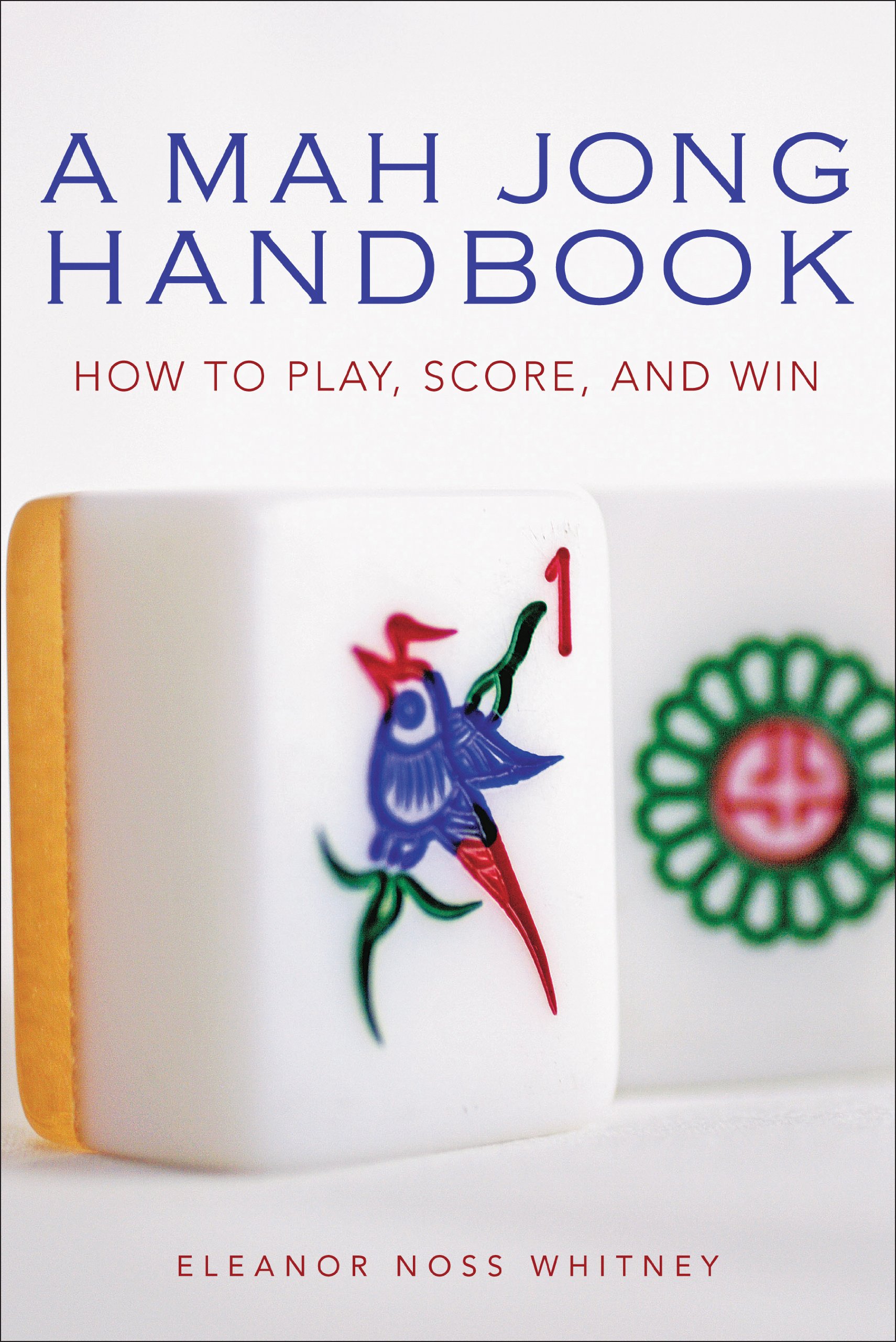




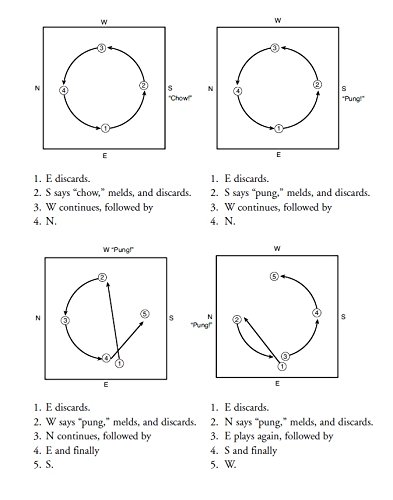
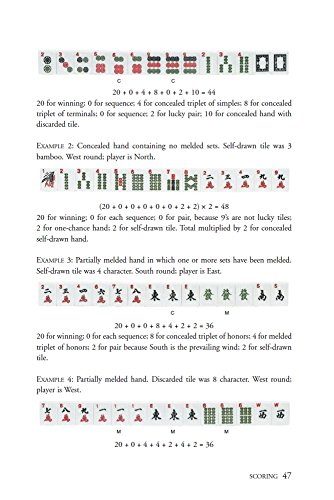

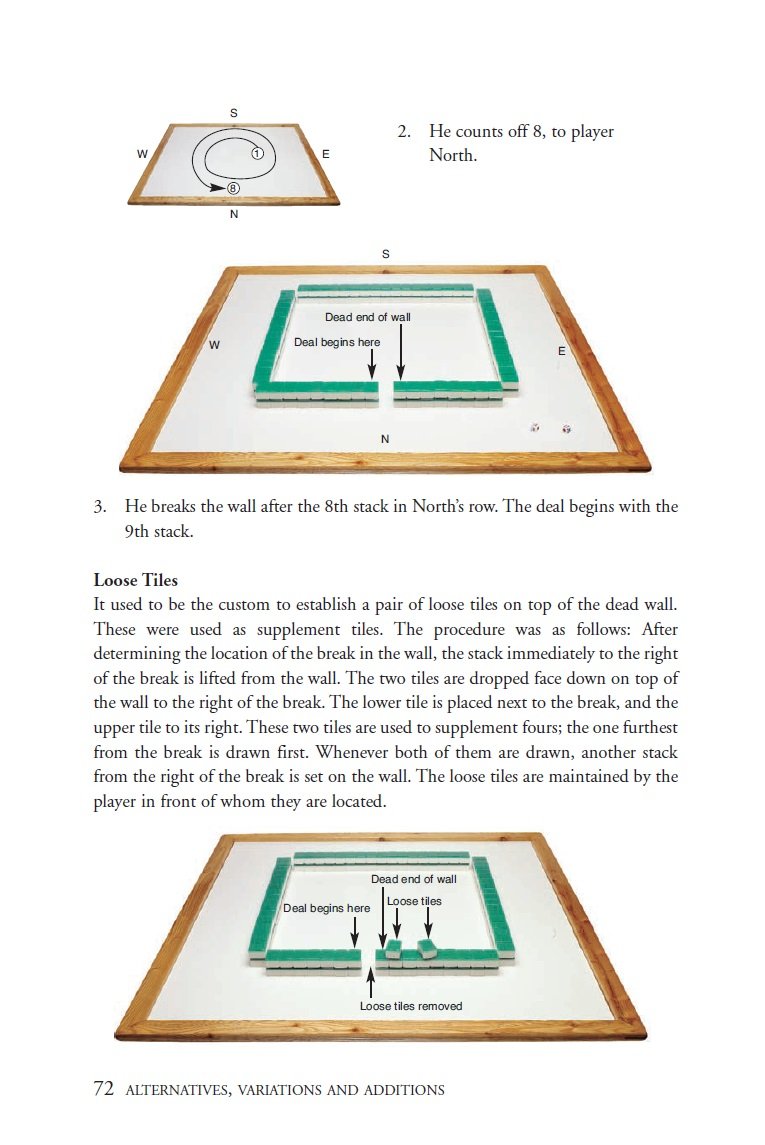
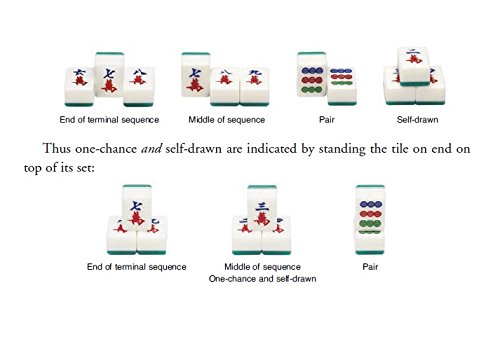
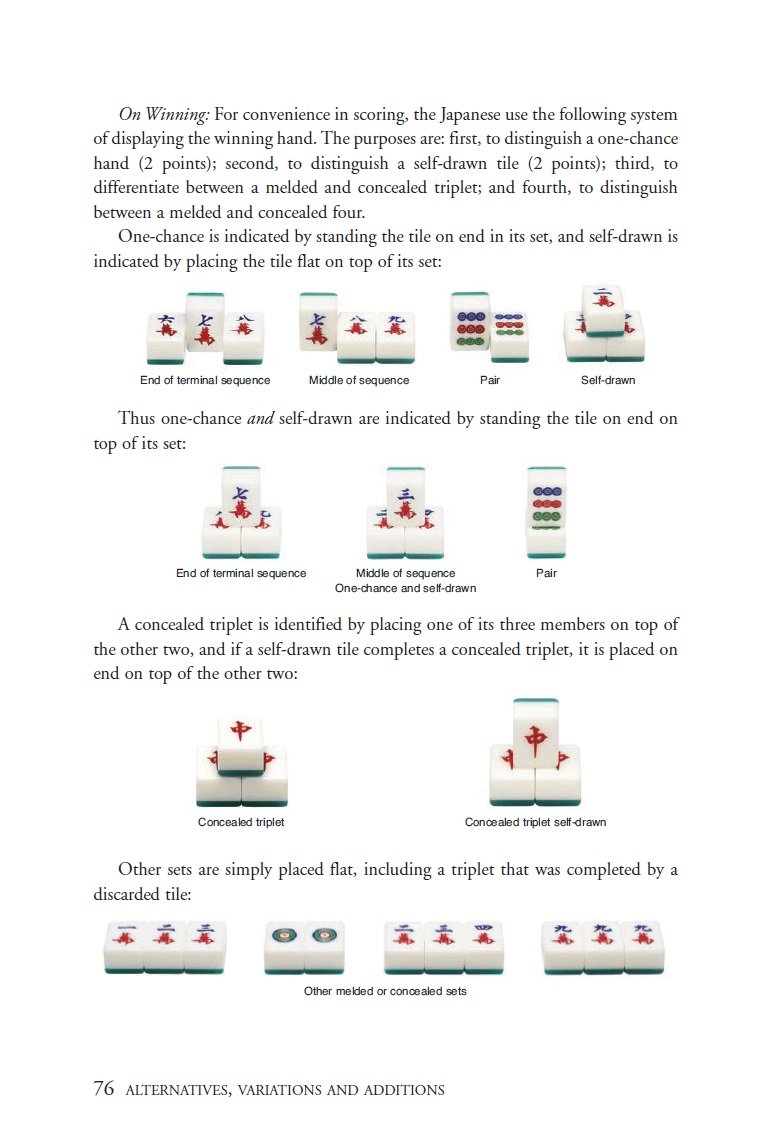

A Mah Jong Handbook: How to Play, Score, and Win
Y**I
Comprehensive Guide to Mah Jong
Eleanor Whitney has written an excellent guide for Mah Jong for the American audience.(Please see the attached pictures.)Most Americans' exposure to Mah Jong is the tile matching, solitaire game that comes with Windows. The original Mah Jong is deeper and more strategic.Mah Jong is actually an oriental gambling game that is played with three suits and special tiles. There are four copies of each tile in a complete set. The game is approximately 300 years old and came to the US as a gaming craze in the 1920-30 period.Mah Jong lost its gambling aspect when it came to the US and became more of a Rummy like game, think Canasta, Rummy 500, etc.The basics of the game are relatively straightforward. You have a hand with 13 tiles, and you are trying to get four sets of either three tile runs or sets of three identical tiles. You also need a pair. So, you have 3 x 4 = 12 tiles + pair = 14 tiles.One of the unique aspects of Mah Jong is that you can cut in and take a tile to get your third tile in a set (or the fourth tile if you already have three of the four).Eleanor does a good job at laying out the rules, and she brings back in some of the canonical rules, e.g., how hands are scored and paid off. (The goes back a little to Mah Jong's gambling origins, but you are playing with counters, not real money.)OK, here is a bit of a caveat. Mah Jong is more complicated than it looks.Once you introduce the various levels of scoring and special points, you up the complexity of decisions in the game. Do you go for the more likely hand, or do you try for a hand that is harder to get, but scores 32 times as many points?A lot has to do with your initial starting hand and understanding the odds of getting a particular tile. Eleanor spends a lot of time on how to maximize your chances of getting a run or a set.There is a huge psychological aspect too. If you can infer what tiles your opponents need then you might prevent them from going out.More than meets the eye ...Also, experience Mah Jong players are quick like the wind in practical play. You do not have time to deeply ponder your moves because while you are pondering, your colleagues might take three turns and go out.Mah Jong is fun, and the sets are beautiful.Mah Jong has been a staple family game at the Reasonable Reviewer household for over thirty years, and I highly recommend this book whether you are a novice or a seasoned Mah Jong player.
P**Y
Informative and uncomplicated instructions.
Although this book was a pre-used item, it is in perfect condition.The book is ideal for people who want to teach themselves this complicated game and will be well used by the time we have mastered it.
P**C
À conseiller vivement
Excellent livre tres cohérent pour jouer le jeu nippon classiqueUn regret il y a de rares erreurs qui ne sont toujours pas corrigées dans cette réédition
L**C
The Bible for Mahjong players
This book is considered the go-to for MahJong players who want to play by the international rules. I only gave it four stars because it also has some American rules in it, which leads to some confusion. I wish there was a book that only included the Japanese international rules.
B**D
Pretty comprehensive overview of Japanese (not American) version of play
“A Mah Jong Handbook” by Eleanor Noss Whitney presents a comprehensive overview of the game, with an emphasis on the Japanese version. There is valuable information to be found for all levels of play. There is great scoring info, including a really useful table, outline, and chart at the end of the book (after the index).Some reviewers have commented that they were disappointed by the lack of useful info pertaining to the American National Mah Jongg League version of the game. However, for a fan of the game who enjoys expanding their knowledge regarding all its forms and varieties, the book is very entertaining and worth the read.Compared to other books on the subject, there were surprisingly (and gratefully) few typographical errors, and they were mostly grammatical and didn’t affect the clarity of the technical content. Because they may be useful in correcting future editions of the book, I’ll sum them up here:Page 46, first sentence in “Points for Concealed Hand” section: “form” should be “from”Page 76, captions for first 2 images: not sure, but it seems the captions (“End of terminal sequence” and “Middle of sequence” should be reversed Page 100, third sentence in “Rounding Off the Score” section: “my” should be “may”Page 113, line 6: first word of sentence should be “If” instead of “It”Page 139, Example 39, under “Two chances”: second line “on” should be “no”Although it may be personal preference, it may have improved readability if the statements in bold text on pages 98 and 99 were moved to the beginnings of the related paragraphs instead of appearing at the ends.Overall, interesting and well written.
Trustpilot
2 months ago
2 weeks ago